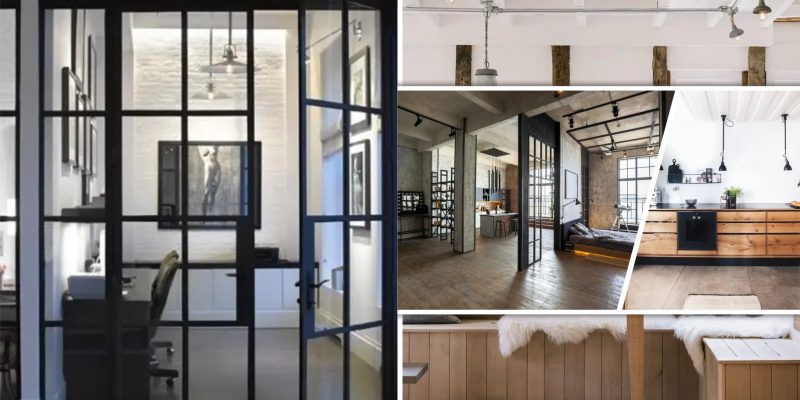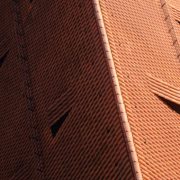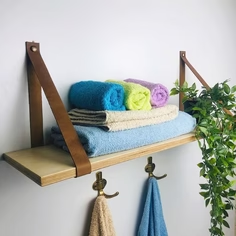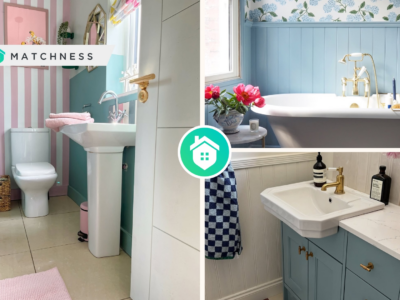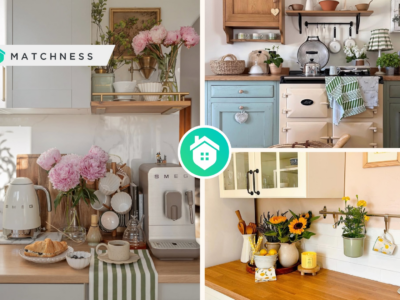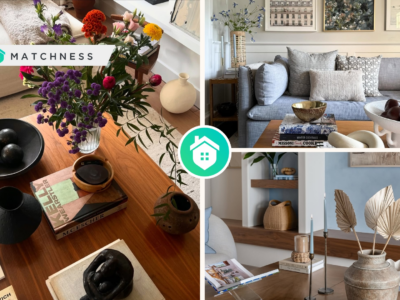Achieving the ideal home ambiance involves more than just aesthetics; it also involves practicality. Ultimately, the visual appeal of a space becomes secondary if it doesn’t serve a functional purpose. In essence, home decor should prioritize functionality over mere appearances. So, if you’re inclined towards this approach, you might want to consider opting for utilitarian interior design.
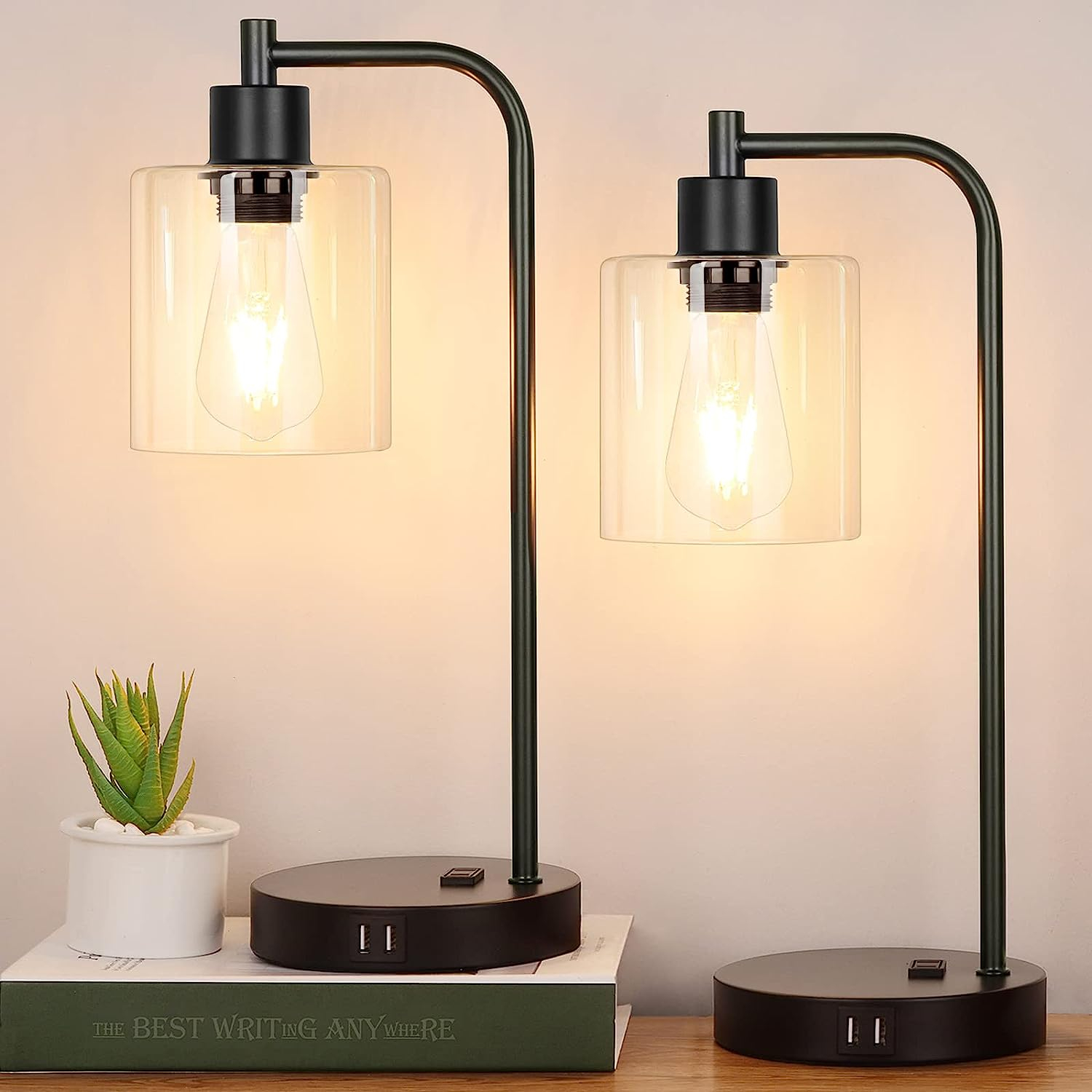
Featuring a contemporary minimalist design and a thick, clear glass shade, these industrial table lamps are ideal for illuminating your space.
Utilitarian design, commonly known as ‘form follows function,’ is far from being a recent concept. Instead, it boasts a historical lineage dating back to the early 20th century. At its core, this design philosophy asserts that the form and arrangement of a structure or object should predominantly stem from its intended utility and purpose, without undue emphasis on aesthetics. Furthermore, the origins of utilitarian interior design can be traced to New York in the 1970s, where it garnered attention through the conversion of former warehouses into residential living spaces.
Utilitarian interior design embodies a style that places a premium on practicality, functionality, and efficiency, all while maintaining a minimalist and uncluttered visual appeal. It frequently incorporates industrial and contemporary design elements and has risen in popularity due to its commitment to simplicity and deliberate utilization of available space. The following delineates key characteristics and principles that define utilitarian interior design:
Functionality
Utilitarian design strongly prioritizes functionality, emphasizing that every element within a space must have a purpose and contribute to the room’s overall efficiency. This approach effectively eliminates any superfluous clutter or unnecessary decorations.
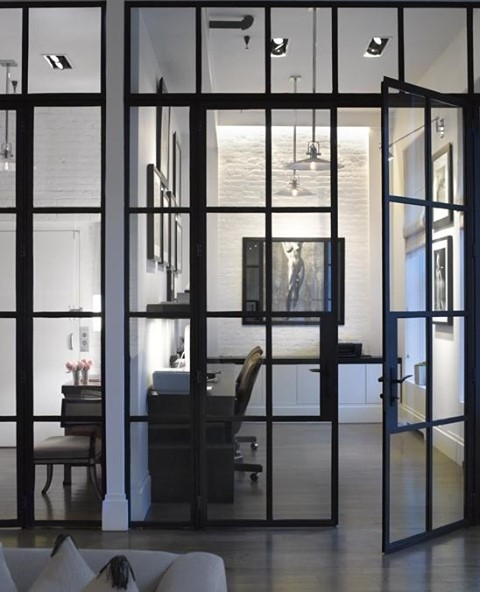
Utilitarian design places a strong emphasis on functionality, highlighting the importance of each element within a space serving a purpose and enhancing the room’s overall efficiency. This approach efficiently eliminates any excess clutter or unnecessary decorations. Home design from @ heibergcummingsdesign
Minimalism
The design is defined by a minimalist aesthetic featuring clean lines, uncomplicated shapes, and a notable absence of excessive ornamentation. This contributes to establishing a feeling of spaciousness and neatness within the space.
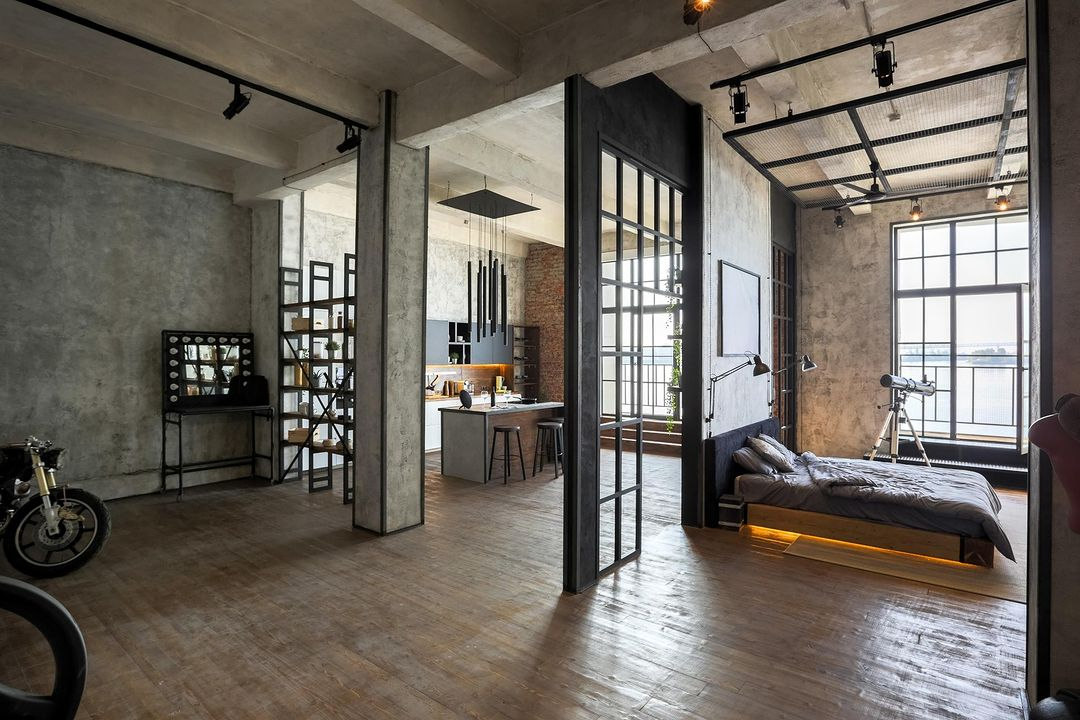
The design adheres to a minimalist aesthetic, creating a sense of openness and tidiness throughout the space. Minimalist space from @ arch.cristofaro
Industrial Elements
Utilitarian design frequently integrates industrial components like exposed pipes, ductwork, and structural materials such as concrete, steel, and brick. These materials are revered for their genuine nature and their practical, utilitarian charm.
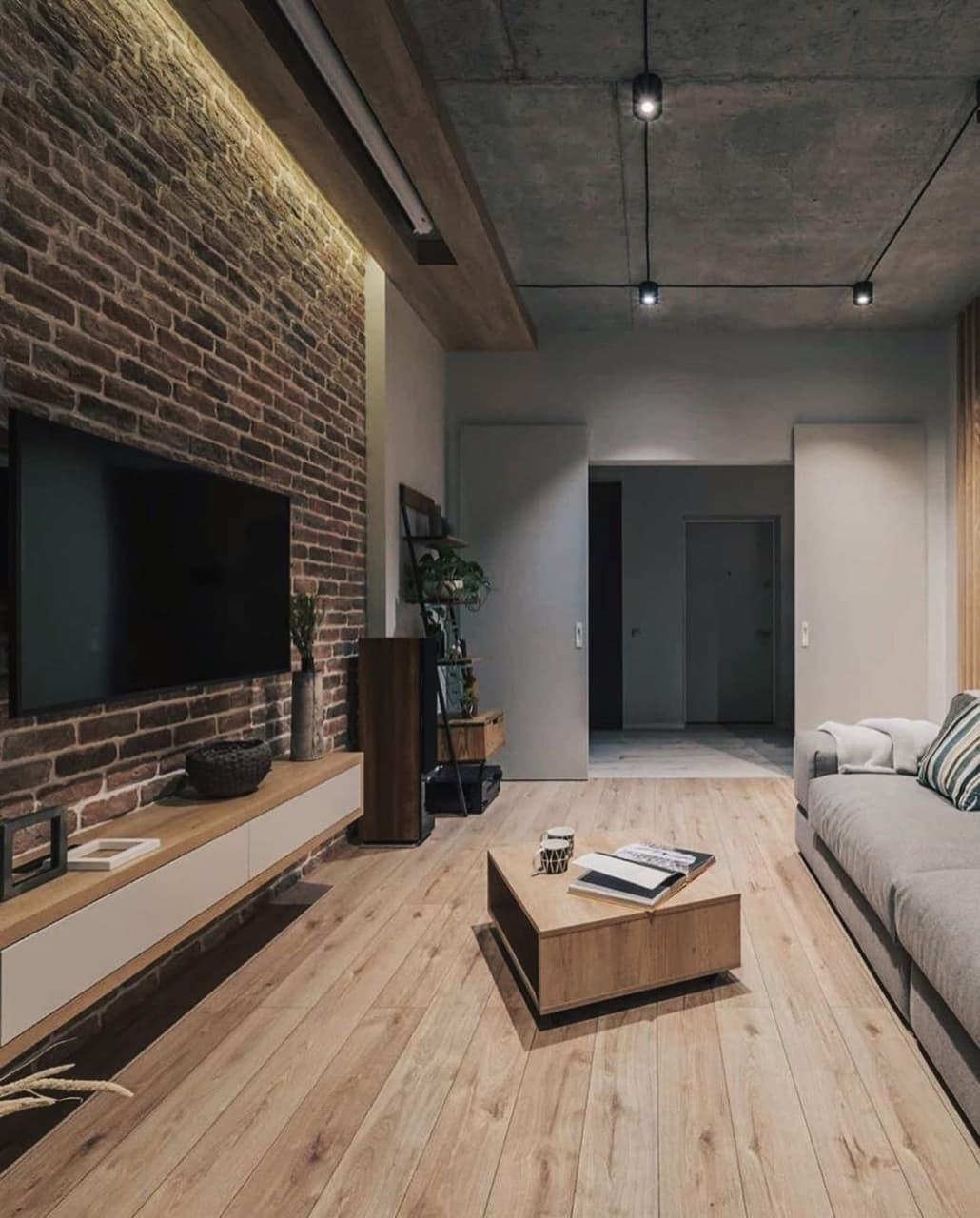
Utilitarian design often incorporates industrial elements such as exposed brick, celebrating these materials for their authentic character and their practical, utilitarian appeal. Living room from @ loftisallyouneed
Practical Furniture
Furniture within utilitarian interiors is selected primarily based on its functionality, rather than its decorative qualities. These pieces are generally simple in design, with an emphasis on durability and user-friendliness. Multi-purpose furniture, such as storage beds or modular shelving, is frequently found in such spaces.
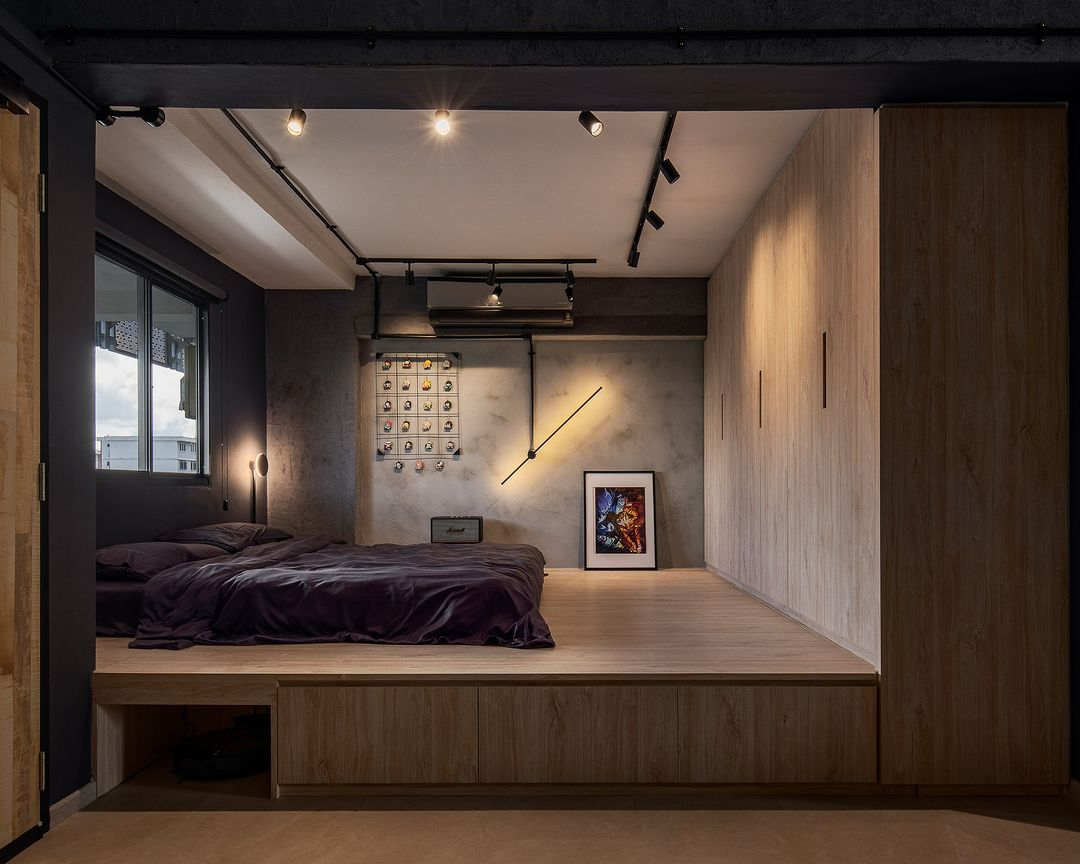
Furniture in utilitarian interiors is chosen primarily for its functionality rather than its decorative aspects. These pieces tend to be straightforward in design, prioritizing durability and ease of use. Multi-functional furniture is a common feature in such environments. Bedroom from @ renonation
Neutral Color Palette
Utilitarian design often employs a neutral color palette that is predominantly composed of hues like gray, white, black, and earth tones. These colors cultivate a tranquil and uncluttered ambiance, offering a neutral canvas for the incorporation of other design elements.
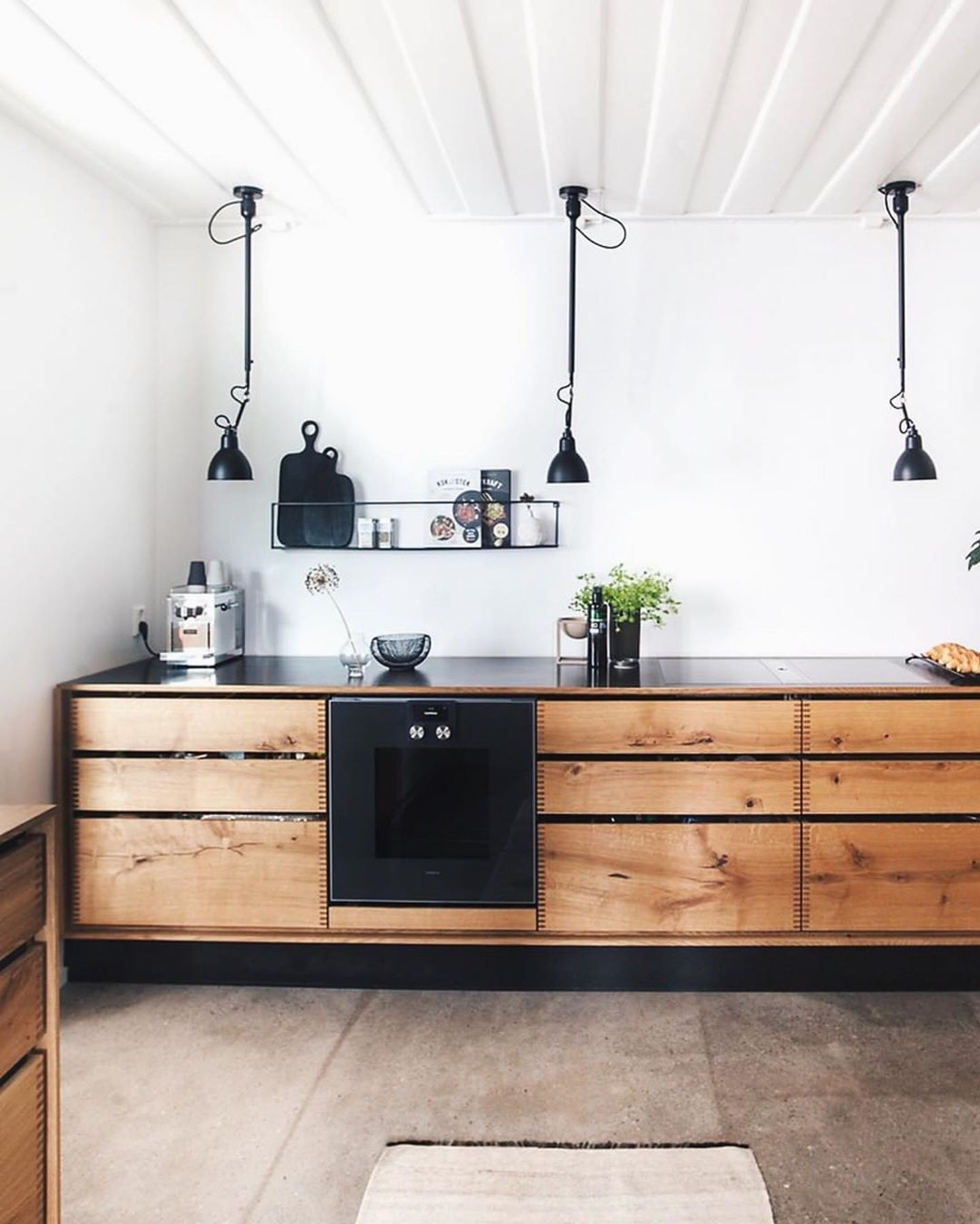
Utilitarian design frequently utilizes a neutral color palette, primarily consisting of earthy tones. These hues cultivate a serene and uncluttered atmosphere in the space. Kitchen from @ wood.interior
Open Spaces
Utilitarian interior designs commonly prefer open floor plans, facilitating an efficient flow and utilization of space. In some instances, walls may remain unadorned, underscoring the desire to establish visually expansive areas.
Practical Lighting
Lighting selections are made with a primary focus on functionality, ensuring the illumination of specific areas for their intended uses. Common choices include industrial-style lighting fixtures like exposed bulbs, pendant lights, and track lighting.
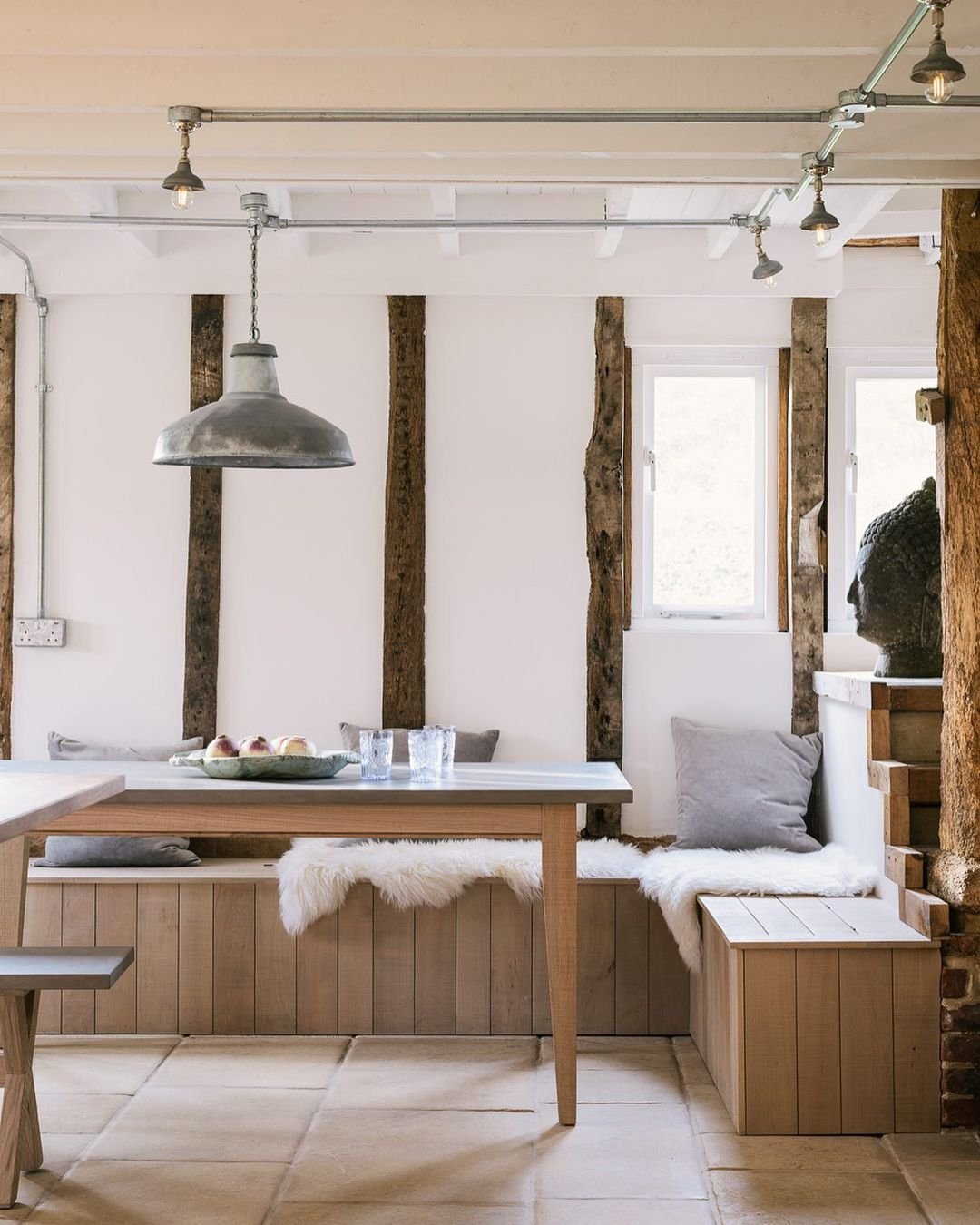
In utilitarian style, lighting choices are primarily driven by functionality, ensuring that specific areas are well-illuminated for their intended purposes. Common selections encompass industrial-style lighting fixtures such as exposed bulbs, pendant lights, and track lighting. Dining room from @ devolkitchens
Utilitarian Decor
Decorative elements, when incorporated, are chosen primarily for their practicality. Items such as wall-mounted hooks, storage bins, and open shelving systems are examples of items that can fulfill both functional and aesthetic roles.
Sustainability
Numerous utilitarian interior designs integrate environmentally friendly and sustainable materials and practices, aligning with the concept of efficiency and responsible resource utilization.
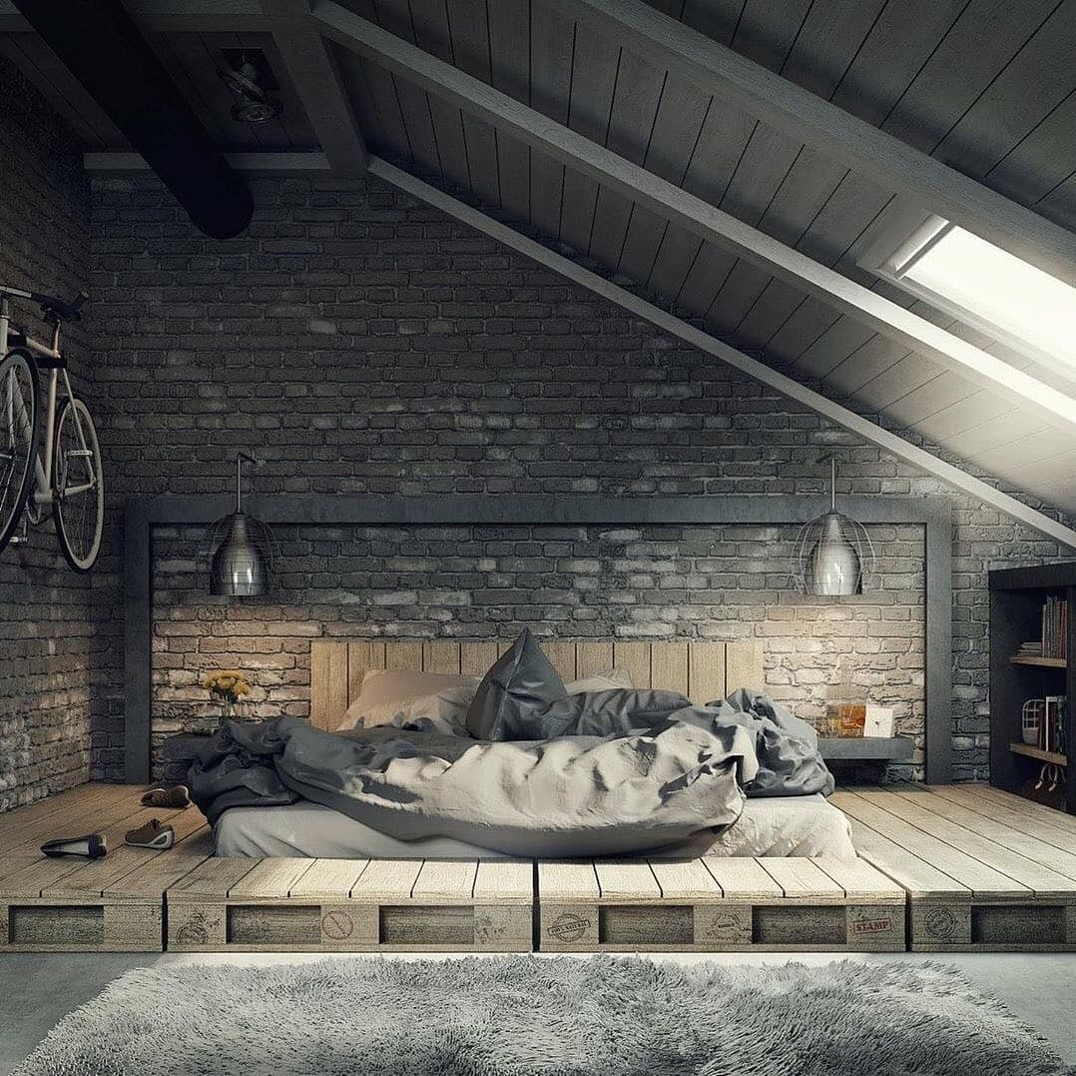
Many utilitarian interior designs, such as this picture above, incorporate eco-friendly and sustainable materials and practices, aligning with the idea of efficiency and responsible resource use. Bedroom from @ betonindesign
Flexibility
Utilitarian design frequently provides room for flexibility and adaptability, rendering it suitable for spaces that may require accommodating multiple functions or swift reconfiguration.
Personalization
Although utilitarian design typically leans towards minimalism and functionality, it does not entail forsaking personal style. Homeowners still have the opportunity to infuse their distinctive preferences through thoughtfully chosen decor, artwork, and personal items.
Maintenance and Durability
Materials and finishes are selected based on their ability to withstand wear and tear and their ease of maintenance, guaranteeing that the space remains both functional and visually appealing as time passes.
Overall, utilitarian interior design embraces the idea that a well-designed space should enhance daily life by maximizing functionality and minimizing distractions. It’s an excellent choice for those who appreciate simplicity, practicality, and a clean, uncluttered aesthetic in their living spaces. So, is your interest piqued?


